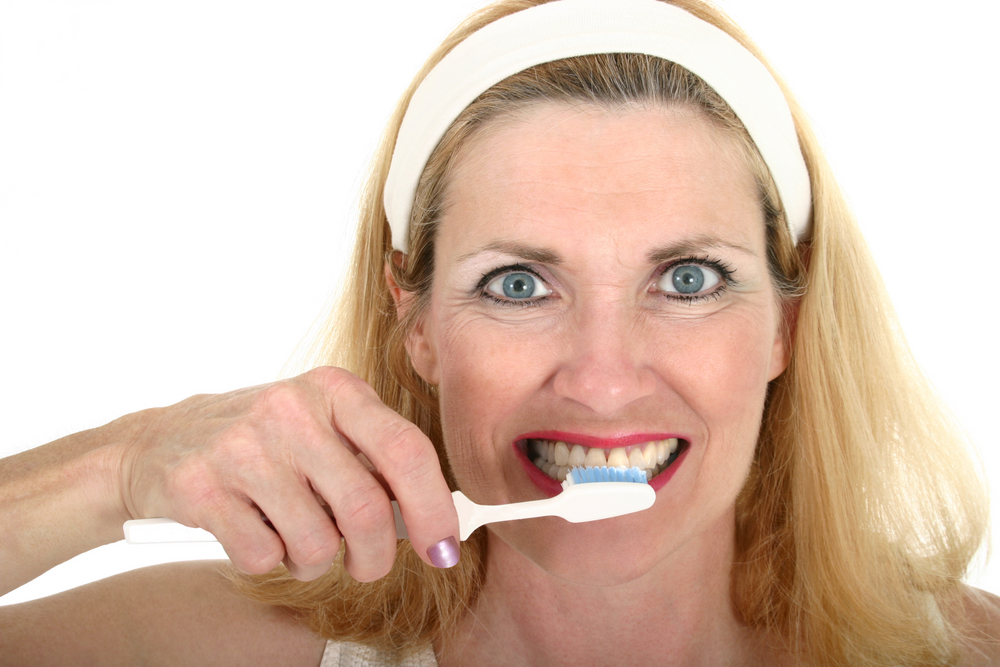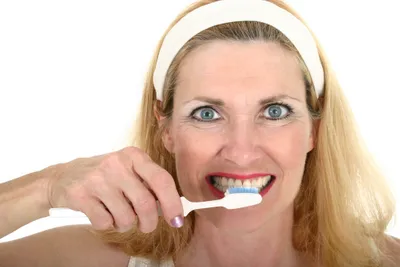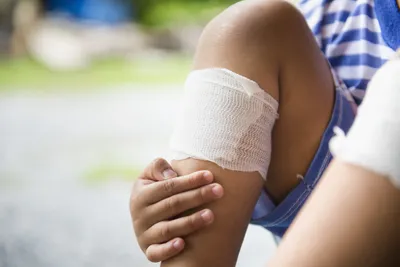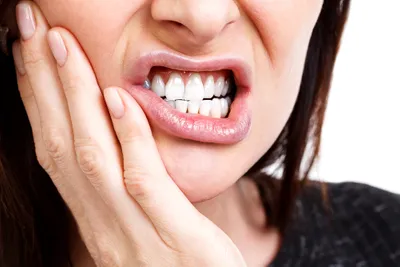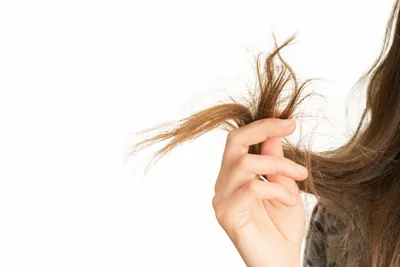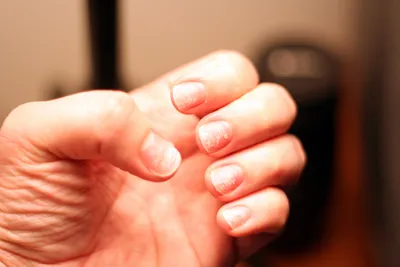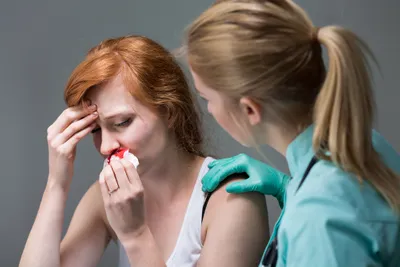Scurvy — chances are you read of the condition in history books about world explorers and continental adventurers who came down with the illness after being away from home (and access to more balanced diets) for extended periods of time.
Scurvy is a vitamin C deficiency that, you’d think, in an age where vitamin C can be found in many different foods and beverages, would be a thing of the past. Surprisingly, however, it’s not, and many people continue to suffer through its many painful and irritating symptoms. So, what signs may indicate that you or someone you know has developed scurvy?
1 – Bruising easily
Bruising occurs when the blood vessels close to the surface of the skin are ruptured and spill out red blood cells. For most people, it’s a fairly normal — even somewhat uneventful — reaction that has little impact on daily life. But excessive bruising is a bigger problem. In other words, one shouldn’t receive bruises easily and one shouldn’t be virtually covered in bruises at any one time (unless they spend a lot of time involved in violent activities, like martial arts or contact sports).
If this does occur, it’s possible scurvy is the culprit. That’s because people with a vitamin C deficiency, which is the primary cause of scurvy, tend to bruise far easier than healthy people. So, if you find yourself getting bruises very easily, it would be wise to speak with a doctor.
2 – Slow recovery
Sustaining minor injuries like bruises relatively easily is one major sign that scurvy may have taken hold over the body. Unsurprisingly, then, another symptom of scurvy is slow recovery from cuts and scrapes.
That’s because vitamin C plays an important role in helping the skin’s collagen reform, producing new connective tissue capable of helping a wound heal. If vitamin C levels are dangerously low, as they often are when people develop scurvy, then wounds will take far longer to completely heal. If this seems to be the case for you, speak with a physician immediately.
3 – Painful gums
Perhaps the most widely known and painful symptom associated with scurvy is bleeding, swollen and generally uncomfortable gums. As is the case with bruises and other wounds to the skin, the problem involves lack of vitamin C, which plays an essential role in building the collagen required for proper skin healing.
Gums are most affected by a vitamin C deficiency because they use more collagen than other parts of the body. Without a regular supply of vitamin C, this leaves the gums thin, inflamed and very painful to the touch. Failing to treat the issue can result in loss of teeth and very expensive visits to the dentist, so act quickly.
4 – Split ends
One of the less serious or painful — though still significant — signs of scurvy is the development of split ends in the hair. Without a steady supply of vitamin C, hair will become finer, thinner, and appear frazzled.
The problem is that vitamin C plays a big role in the proper absorption of iron, which helps prevent hair loss and gives hair a look of vibrancy. Although split ends are hardly the end of the world, ignoring this possible sign of scurvy could eventually lead to hair loss or the onset of more painful scurvy symptoms, such as bleeding gums.
5 – Brittle nails
Although it’s one of the less painful symptoms of scurvy, brittle nails is still an important sign of a serious vitamin C deficiency. That’s because vitamin C aids in the body’s full absorption of iron, which helps keep nails looking colorful and feeling strong.
Brittle and frail nails will crack easily and may even result in more painful issues, such as ingrown nails. Left untreated for long enough, scurvy and a vitamin C deficiency could even lead to the loss of nails. If your nails have become surprisingly brittle and weak, it may be wise to speak with your doctor about the matter.
6 – Dry, peeling skin
Vitamin C plays a crucial role in the development of collagen, which helps keep our skin looking healthy and aids the body in making repairs after cuts, bruises and other wounds are sustained.
Take vitamin C out of the equation — in other words, introduce a vitamin deficiency and scurvy — and the skin struggles to fix its wounds and starts to appear dry, unhealthy, cracked, and sore. The skin will peel and bleed easily, and eventually large sections of the body may be covered in dry and sore spots. Increasing vitamin C intake through the consumption of fruits and vegetables can help overcome this painful and irritating issue, however.
7 – Bloody nose
Because scurvy and a serious vitamin C deficiency negatively affect the absorption of iron and the development of collagen, the skin often appears dry, cracked, and sore. But the problem also affects parts of the body we don’t see, such as the inner lining of the nose.
Without enough vitamin C and the proper production of collagen, this lining can become delicate and fragile. The result is often nose bleeds that emerge far more frequently than they would in cases where there is not a vitamin C deficiency. If you’re constantly having to shove tissues up your nose to stop a nose bleed, it’s time to speak with your doctor about scurvy.
8 – Frequent colds
Sometimes it feels like some people just can’t avoid getting a cold, while others almost magically skip through the winter season without a single sniffle. It’s easy to attribute this to luck, but often the problem is related to scurvy and a significant vitamin C deficiency.
If you seem to be constantly taking time off to recover from the flu or the common cold, it’s possible you may be dealing with a significant deficiency of vitamin C. Although getting enough vitamin C may not necessarily prevent the onset of the flu, cough, or head cold, being vitamin C deficient certainly does help one’s chances of avoiding or recovering from such illnesses.
